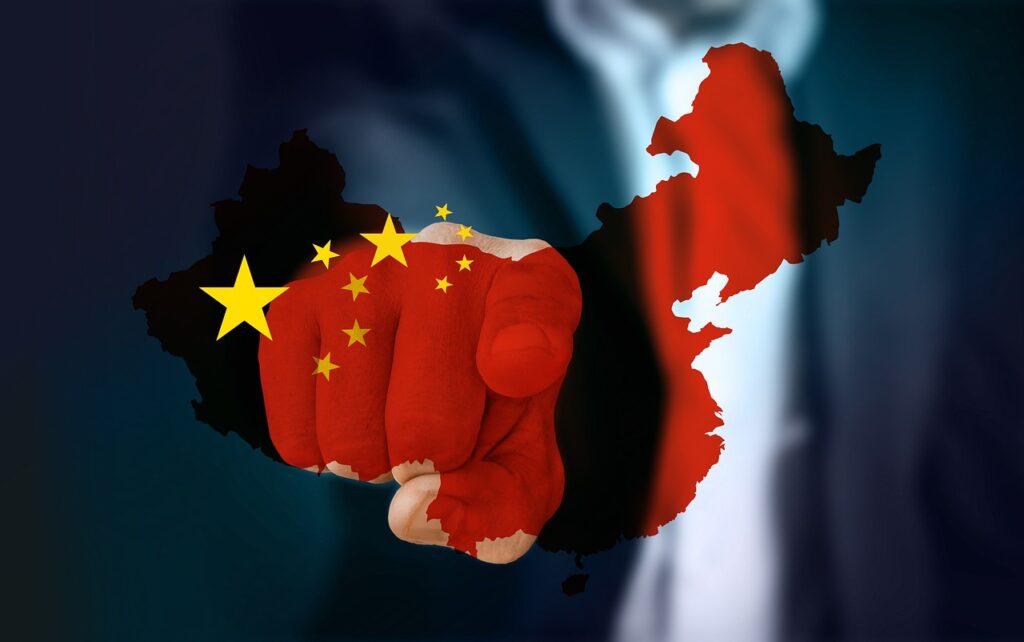China accounts for over 40% of global hydrogen projects that reach a final investment decision (FID), while Europe manages only a 4% conversion rate from announced investments to committed projects, according to the Hydrogen Council. PowerChina’s operational 20MW green hydrogen facility in Tashkent marks the first manifestation of this execution gap in Central Asia, where the company’s alkaline electrolyser technology aims to replace grey hydrogen at the Maxam chemical plant, thereby reducing annual CO2 emissions by 30,000 tonnes.
The Tashkent facility’s 3,150 tonnes annual hydrogen production provides a scale reference for China’s expanding international footprint, yet this capacity represents a fraction of the broader $4 billion ACWA Power-PowerChina collaboration targeting 500,000 tonnes annually through 2.4 GW of wind-powered production. The operational plant serves as a pilot for technologies and market conditions that could determine viability for much larger deployments across resource-rich Central Asian markets.
FID Execution Disparities and Strategic Implications
Global electrolyser capacity reaching FID doubled from 1.7 million tonnes in 2023 to 3.4 million tonnes in 2024, with China contributing disproportionately to this acceleration. While Europe announced more projects (540) than North America (248), Chinese projects demonstrate superior conversion rates from announcement to committed investment, indicating systematic advantages in project development and financing.
China’s 1,150 MW of operational electrolyser capacity contrasts sharply with the US deployment of just 150 MW, highlighting execution capabilities that extend beyond domestic market advantages to international project development. PowerChina’s Uzbekistan facility demonstrates how Chinese companies leverage technical experience and financial capabilities to secure first-mover advantages in emerging hydrogen markets.
The 35% FID conversion rate in China compared to 4% in Europe reflects fundamental differences in project development approaches, financing availability, and regulatory environments. Chinese companies benefit from integrated state-industry coordination that enables rapid scaling, while European projects face complex regulatory frameworks and fragmented financing structures that delay implementation.
Technology Integration and Market Positioning
PowerChina’s four alkaline electrolyser units with a combined 20MW capacity represent proven technology deployment rather than experimental systems, positioning the company for replication across similar industrial applications. The facility’s integration with existing Maxam chemical operations demonstrates how retrofit applications may provide lower-risk entry points for green hydrogen adoption compared to greenfield projects.
The ACWA Power-PowerChina partnership structure combines Saudi financial capabilities with Chinese technical execution, creating a model that could extend across multiple Central Asian markets with similar resource profiles. This collaboration leverages complementary strengths while avoiding direct competition with European or American companies focused on domestic market development.
LONGi Hydrogen’s equipment shipment for the related green ammonia project indicates Chinese electrolyser manufacturers are supporting broader hydrogen value chain development rather than competing solely on individual component sales. This integrated approach may provide competitive advantages in markets requiring comprehensive technical solutions rather than standalone equipment purchases.
Central Asian Market Development and Geopolitical Context
Uzbekistan’s emergence as a green hydrogen testing ground reflects China’s Belt and Road Initiative expansion into energy sector transformation, where Chinese companies provide both financing and technical capabilities for infrastructure development. The country’s abundant solar and wind resources, combined with existing chemical industry demand, create favorable conditions for large-scale hydrogen deployment.
The EBRD’s participation in related Uzbek hydrogen projects indicates Western development finance institutions recognize the market opportunity while working alongside Chinese developers, suggesting pragmatic cooperation despite broader geopolitical tensions. This multi-stakeholder approach may accelerate market development while distributing political risks across diverse institutional partnerships.
PowerChina’s positioning as the primary contractor for both the operational pilot and planned large-scale expansion creates knowledge advantages that could influence technology selection and operational standards for subsequent regional projects. This first-mover advantage in Central Asian markets complements China’s domestic hydrogen leadership while establishing international reference projects.
Scaling Challenges and Commercial Viability
The transition from 20MW pilot operations to 500,000-tonne annual production requires substantial scale increases that will test both technology reliability and market absorption capacity. Uzbekistan’s chemical industry provides an established hydrogen demand, yet large-scale green hydrogen adoption depends on cost competitiveness with existing grey hydrogen production.
PowerChina’s emphasis on CO2 emissions reduction (30,000 tonnes annually) positions the project within climate finance frameworks that may provide concessional funding for larger deployments. However, commercial viability ultimately depends on hydrogen production costs relative to conventional alternatives, creating pressure for continued cost reduction as project scales increase.
The $100 million first phase investment for 3,000-tonne green ammonia production establishes capital intensity benchmarks that require careful evaluation against revenue projections and alternative investment opportunities. The planned $4 billion second phase represents a substantial capital commitment that assumes sustained market demand and favorable regulatory conditions over extended time horizons.
China’s systematic approach to international hydrogen market development through companies like PowerChina demonstrates how integrated state-industry coordination can achieve rapid deployment in emerging markets where Western companies face execution challenges. The Uzbekistan facility provides crucial operational data and market intelligence that will inform China’s broader hydrogen export strategy while establishing technical standards and commercial relationships that could influence regional market development for decades.
